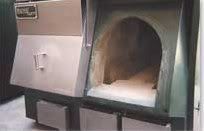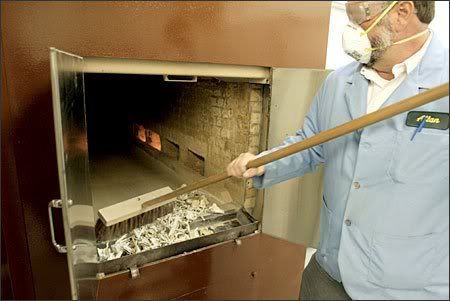Don't throw your love away you might need him someday. But now it is possible to actually make diamonds out of your ashes. To turn you into a diamond, LifeGem takes 8-ounces of your ashes. You are purified at about 6,000 degrees Fahrenheit. The high temperature vaporizes all of the noncarbon elements in your ashes and converts the carbon into crystallized graphite.
Pretty hot stuff, most of you has already been incinerated at 2,000 degrees, and now almost all of the little that was left vaporizes. Next, in a diamond press, your carbon is subjected to heat and hydraulic pressure. This causes the graphite to break down into individual carbon atoms and recrystallize as a diamond. The patented process takes about six months.




























